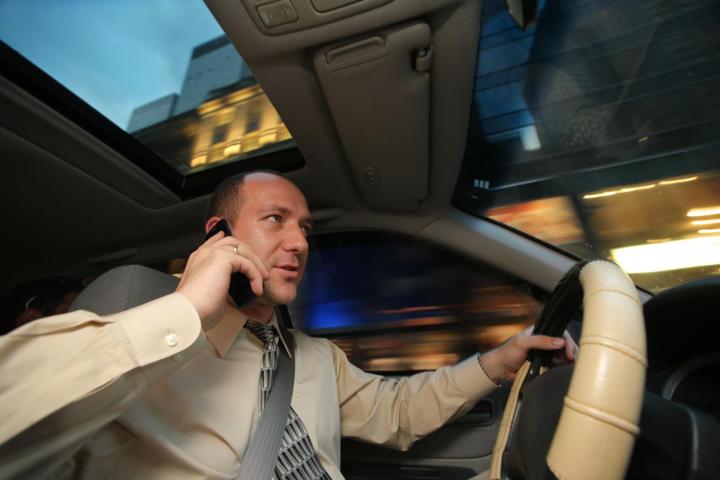
According to a joint study conducted by Carnegie Mellon University and the London School of Economics, cell phone use while driving may not be responsible for causing more automotive accidents on the road.
“Using a cellphone while driving may be distracting, but it does not lead to higher crash risk in the setting we examined,” said Saurabh Bhargava, assistant professor of social and decision sciences at CMU’s Dietrich College of Humanities and Social Sciences, in a press release. “While our findings may strike many as counterintuitive, our results are precise enough to statistically call into question the effects typically found in the academic literature.”
Apparently, researchers examined calling and crash data from 2002 to 2005, before and after 9:00 p.m., a period of time, the study points out, when many mobile carriers offered plans allowing free calls on weekdays after 9 p.m.
Despite a seven percent hike in call volume at 9:00 p.m., an examination of approximately 8 million crashes across nine states and fatal crashes across the nation concluded that crash rates did not increase after that hour.
Simply put, researchers found that increased cell phone usage after that time period had no effect on crash rates.
What’s more, researchers also analyzed the effects of legislation banning cell phone use while driving in several states, and found no effect on crash rates either.
While the study provides answers that run counter to what many would consider common sense, namely that distractions like talking on the phone while driving will more than likely hamper an individual’s ability to focus entirely on the road, thereby increasing the risk of an accident, the research brings up an interesting point.
“One thought is that drivers may compensate for the distraction of cellphone use by selectively deciding when to make a call or consciously driving more carefully during a call,” Bhargava said. Suggesting that at the very least, policymakers should revisit the presumptive notion that talking on a cellphone and driving is as dangerous as it’s currently perceived.
However, Bhargava’s research partner at the London School of Economics, Vikram S. Pathania, was careful to add a cautionary note to all their findings, noting that “our study focused solely on talking on one’s cellphone. We did not, for example, analyze the effects of texting or Internet browsing, which has become much more popular in recent years. It is certainly possible that these activities pose a real hazard.”
Tell us your thoughts? Do you think blanket cell phone bans make sense, or should activities like texting and driving be banned, while talking is permitted? Tell us in comments.


